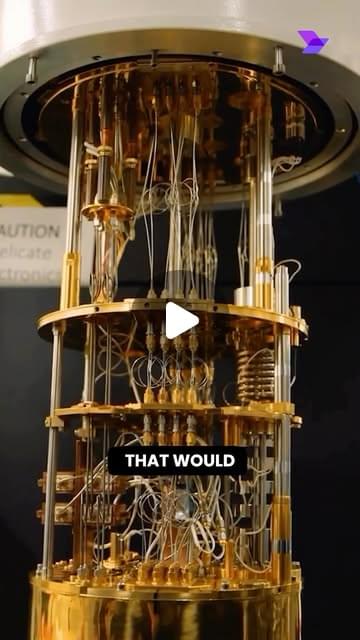The ability to teleport between two supercomputers is a leap for humanity. It is achieved between quantum computers in a world first with major implications.



NASA scientists, in collaboration with researchers from Japan’s University of Toho, have used supercomputers to model the far future of Earth’s habitability. Their findings offer a clear—if distant—timeline for the end of life on our planet.
According to the study, the Sun will be the ultimate cause of the end of life on Earth. Over the next billion years, its output will continue to increase, gradually heating the planet beyond the threshold of life. The research estimates that life on Earth will end around the year 1,000,002,021, when surface conditions become too extreme to support even the most resilient organisms.
But the decline will begin much earlier. As the Sun grows hotter, Earth’s atmosphere will undergo significant changes. Oxygen levels will fall, temperatures will rise exponentially, and air quality will worsen. These shifts, projected through detailed climate change and solar radiation models, map out when life on Earth will end, not as a sudden collapse but as a slow and irreversible decline.

In a new demonstration, a U.S. researcher showcased that a quantum computer outperforms supercomputers in approximate optimization tasks.
The University of Southern California-led (USC) study demonstrated the first quantum scaling advantage for approximate optimization problem-solving using a quantum annealer.
Quantum annealing is a specific type of quantum computing that can use quantum physics principles to find high-quality solutions to difficult optimization problems. Rather than requiring exact optimal solutions, the study focused on finding solutions within a certain percentage (≥1%) of the optimal value, according to researchers.

A quantum computer can solve optimization problems faster than classical supercomputers, a process known as “quantum advantage” and demonstrated by a USC researcher in a paper recently published in Physical Review Letters.
The study shows how quantum annealing, a specialized form of quantum computing, outperforms the best current classical algorithms when searching for near-optimal solutions to complex problems.
“The way quantum annealing works is by finding low-energy states in quantum systems, which correspond to optimal or near-optimal solutions to the problems being solved,” said Daniel Lidar, corresponding author of the study and professor of electrical and computer engineering, chemistry, and physics and astronomy at the USC Viterbi School of Engineering and the USC Dornsife College of Letters, Arts and Sciences.
Tesla’s Full Self-Driving (FSD) technology is rapidly advancing, impressing users and analysts alike, while navigating challenges in the auto industry and broader economic factors.
Questions to inspire discussion.
Tesla’s FSD Progress.
🚗 Q: How many unsupervised miles has Tesla’s FSD driven? A: Tesla’s FSD has driven over 50,000 unsupervised miles, demonstrating significant progress in autonomous driving capabilities.
🌐 Q: What indicates Tesla’s transition to software-defined earnings? A: FSD unsupervised miles and operating domain growth are key leading indicators of Tesla’s shift towards software-defined earnings.
🤖 Q: How does Tesla’s FSD showcase AI potential in driving? A: Tesla’s FSD unsupervised capabilities, demonstrated in complex driving scenarios, serve as a proof case for artificial intelligence’s potential in autonomous driving.


Researchers from the Department of Energy’s Oak Ridge National Laboratory have developed a new application to increase efficiency in memory systems for high-performance computing.
Rather than allow data to bog down traditional memory systems in supercomputers and impact performance, the team from ORNL, along with researchers from the University of Tennessee, Knoxville, created a framework to manage data more efficiently with memory systems that employ more complex structures. Research papers detailing their work were recently accepted in ACM Transactions on Architecture and Code Optimization and the International Journal of High-Performance Computing Applications.
Working under the Exascale Computing Project, or ECP, a multi-year software research, development and deployment project managed by DOE, ORNL senior computer science researcher Terry Jones and his team titled their work the “ECP Simplified Interface to Complex Memories,” or SICM, Project.

Imagine if phones never got hot no matter how many apps were running. Picture a future where supercomputers use less energy, electric cars charge faster, and life-saving medical devices stay cooler and last longer.
In a study published in Nature Materials, a team of engineers at the University of Virginia and their collaborators revealed a radical new way to move heat, faster than ever before. Using a special kind of crystal called hexagonal boron nitride (hBN), they found a way to move heat like a beam of light, sidestepping the usual bottlenecks that make electronics overheat.
“We’re rethinking how we handle heat,” said Patrick Hopkins, professor of mechanical and aerospace engineering and Whitney Stone Professor of Engineering at UVA. “Instead of letting it slowly trickle away, we’re directing it.”

